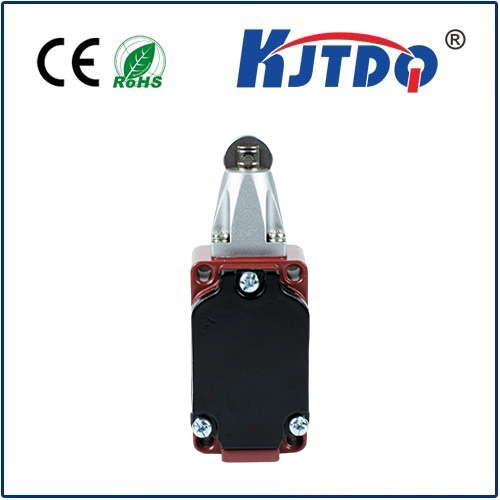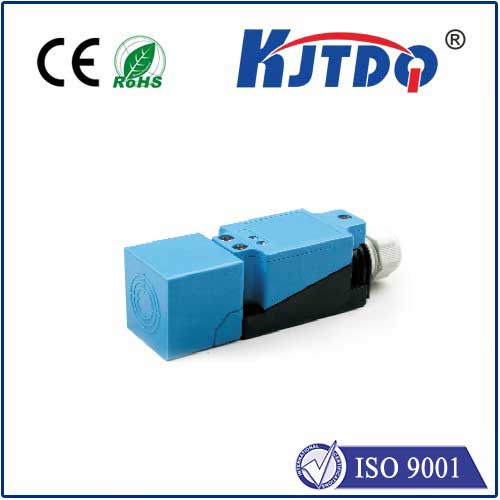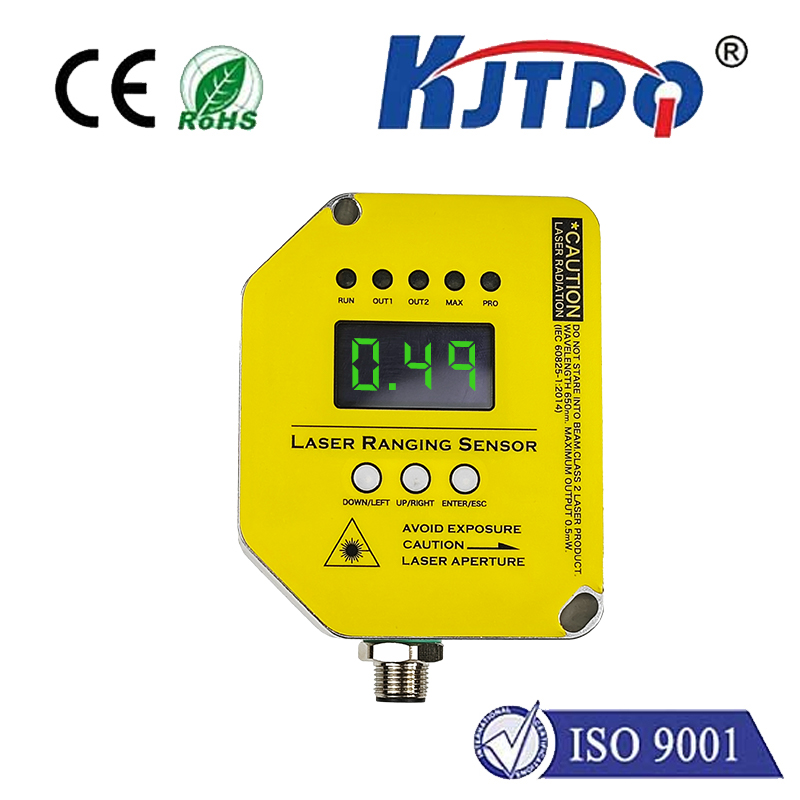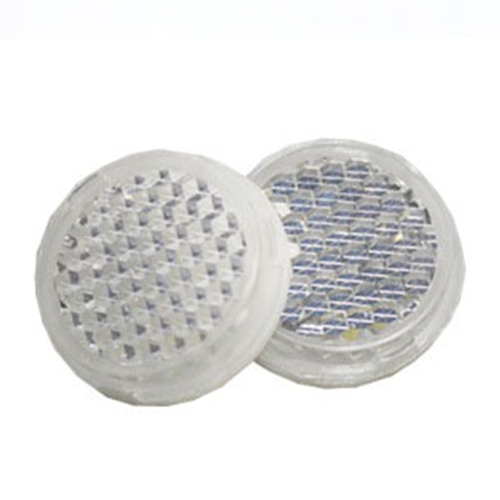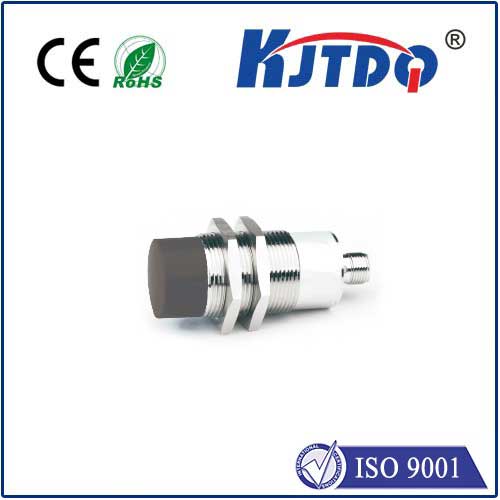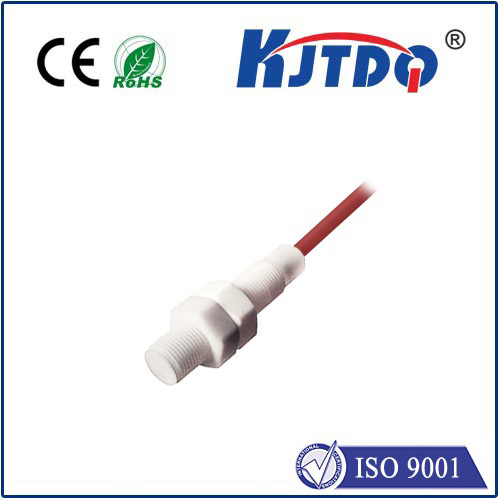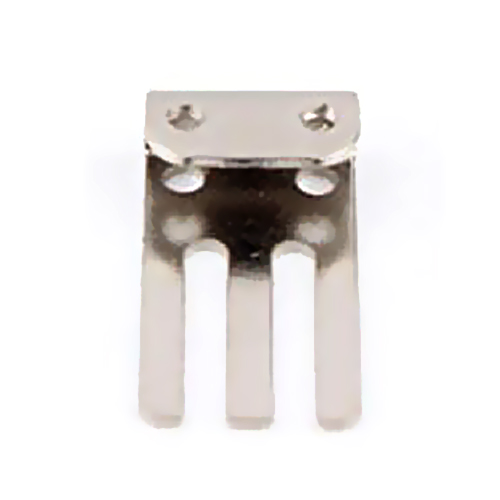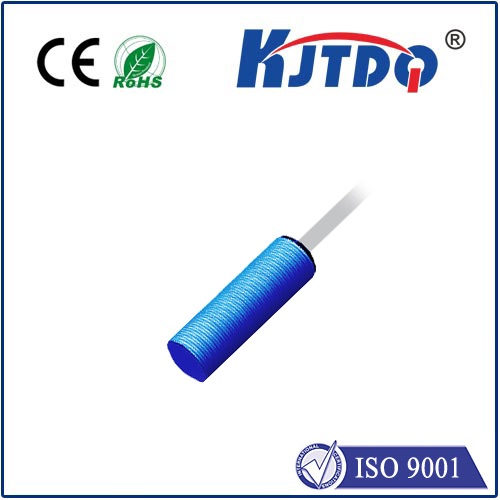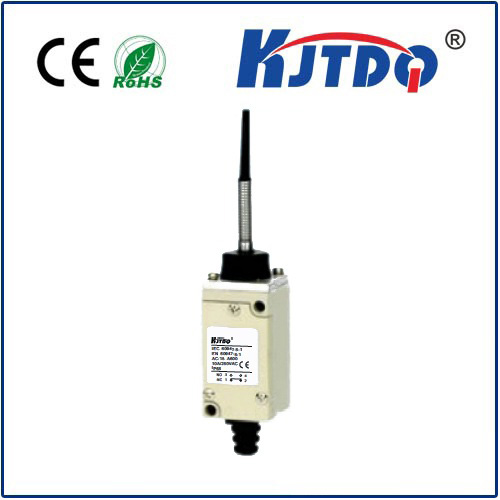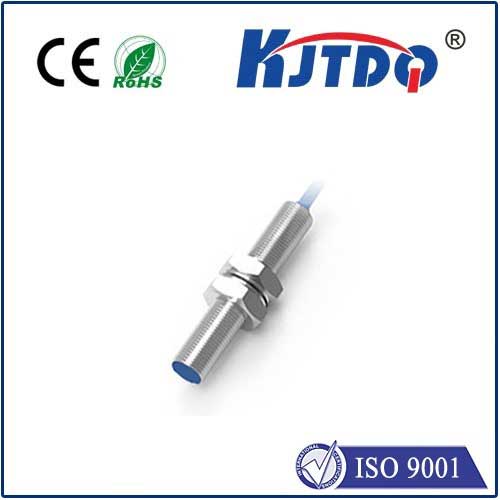

check

check

check

check
PX-H71 Photoelectric Sensor: Enhancing Automation with Precision and Reliability
In today’s fast-paced industrial environment, the integration of smart sensors has become a cornerstone of modern automation. Among the various types of sensors available, the PX-H71 photoelectric sensor stands out as a reliable and high-performance solution for detecting objects in industrial settings. This article explores the features, applications, and benefits of the PX-H71 photoelectric sensor, making it a valuable asset for manufacturers and engineers alike.
The PX-H71 photoelectric sensor is designed for precision detection, utilizing infrared light to identify the presence or absence of objects. Unlike traditional sensors that rely on mechanical contact, the PX-H71 operates without physical movement, ensuring minimal wear and long operational life. This non-contact approach makes it ideal for use in environments where maintenance is difficult or where continuous operation is critical.

One of the key advantages of the PX-H71 is its versatility. It can be used in a wide range of applications, from material handling in manufacturing to quality control in packaging and sorting systems. The sensor’s ability to detect objects at various distances and angles makes it suitable for different industrial settings, including conveyor belts, automated inspection stations, and robotic arms.
The PX-H71 is also equipped with advanced signal processing capabilities that enhance its accuracy and reliability. These features ensure that the sensor can operate effectively in challenging conditions, such as high humidity or dust. Its robust design and corrosion-resistant materials make it suitable for use in harsh industrial environments, providing consistent performance even under demanding conditions.
In terms of integration, the PX-H71 is compatible with a variety of control systems, including PLCs (Programmable Logic Controllers) and industrial PCs. This compatibility allows for seamless integration into existing automation systems, reducing the need for significant overhauls or modifications.
The use of the PX-H71 photoelectric sensor not only improves the efficiency of industrial processes but also contributes to safety and quality control. By providing real-time detection, the sensor helps prevent malfunctions and reduces the risk of product defects. This makes it an essential component in any automation setup aimed at increasing productivity and reducing costs.
As industries continue to evolve and adopt more advanced technologies, the PX-H71 photoelectric sensor remains a key player in the development of smart, efficient, and reliable automation systems. Its combination of precision, durability, and versatility makes it an ideal choice for manufacturers looking to enhance their operational efficiency and competitiveness.
In summary, the PX-H71 photoelectric sensor offers a comprehensive solution for industrial automation, combining advanced technology with practical performance. Its ability to detect objects without physical contact, operate in challenging environments, and integrate seamlessly with existing systems makes it a valuable asset in modern manufacturing. As the demand for automation grows, the PX-H71 stands out as a reliable and innovative tool for achieving higher productivity and quality in industrial applications.
